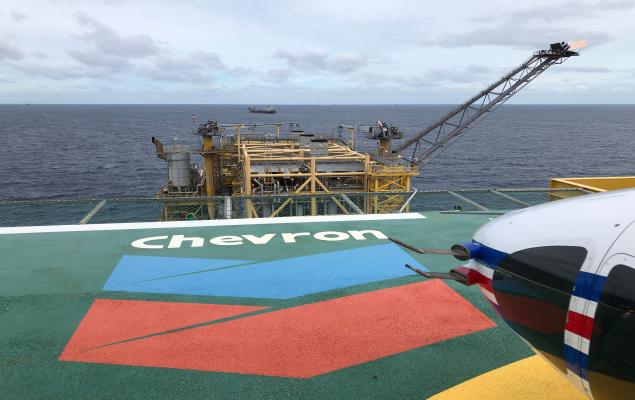Saturn's Moon Mimas: A Hidden Ocean World?

The outer solar system is teeming with hidden water, with icy moons like Europa and Enceladus harbouring vast sub-surface oceans. Now, evidence suggests that Saturn's moon Mimas, known for its Death Star-like appearance, might also join this exclusive club. This discovery could revolutionise our understanding of habitability in the outer solar system.
In 2014, astronomers first proposed the possibility of an ocean on Mimas, sparking a decade-long debate. Many scientists, including Alyssa Rhoden, a planetary scientist at the Southwest Research Institute in Boulder, Colorado, were sceptical. The heavily cratered surface of Mimas appeared to offer no indication of an internal ocean. Similar to Enceladus, any potential ocean on Mimas should be churned by Saturn's gravity, leading to the formation of large cracks in the surface ice. However, no such fractures were observed.
Two recent studies, one by Rhoden and colleagues and another by Valéry Lainey of the Paris Observatory and colleagues, have presented compelling evidence supporting the existence of an ocean on Mimas, while also explaining the absence of surface cracks. These studies suggest that Mimas might have a young and dynamic ocean, potentially formed quite recently in its history.
The studies use different methods to reach their conclusions. Lainey's team examined changes in Mimas's orbit over time, which are influenced by its internal structure. Their findings ruled out the possibility of an oddly shaped core, leaving an ocean as the most likely explanation. Rhoden's team focused on the absence of surface fractures, proposing that the ocean is relatively young, only around 10 million years old. This young ocean would not yet have exerted sufficient stress on the ice to cause cracks, but as it begins to freeze, the ice is expected to fracture and possibly even form jets of water, similar to those observed on Enceladus.
These findings have significant implications for our understanding of planetary evolution and habitability. The possibility of a young ocean on Mimas suggests that ice-rich moons can undergo periods of significant internal activity long after their initial formation. This opens up the possibility that other seemingly inactive moons, with old cratered surfaces, could also harbour hidden oceans.
Furthermore, the potential for an ocean on Mimas raises exciting questions about the habitability of these worlds. While we currently lack definitive proof of life in any ocean beyond Earth, the discovery of new ocean worlds opens up new possibilities for future research.
Upcoming missions, like the European Space Agency's Juice mission to Jupiter's icy moons, and NASA's Europa Clipper mission, will provide valuable insights into the nature of these sub-surface oceans. Furthermore, the Uranus system, with its ice-rich moons similar to Mimas and Enceladus, is a prime target for future exploration.
The discovery of a potentially young and dynamic ocean on Mimas marks a significant leap forward in our understanding of the outer solar system. It highlights the hidden complexity of these icy moons and the potential for life beyond Earth. As we continue to explore our cosmic neighbourhood, the possibility of discovering more ocean worlds and uncovering their secrets is truly an exciting prospect.





